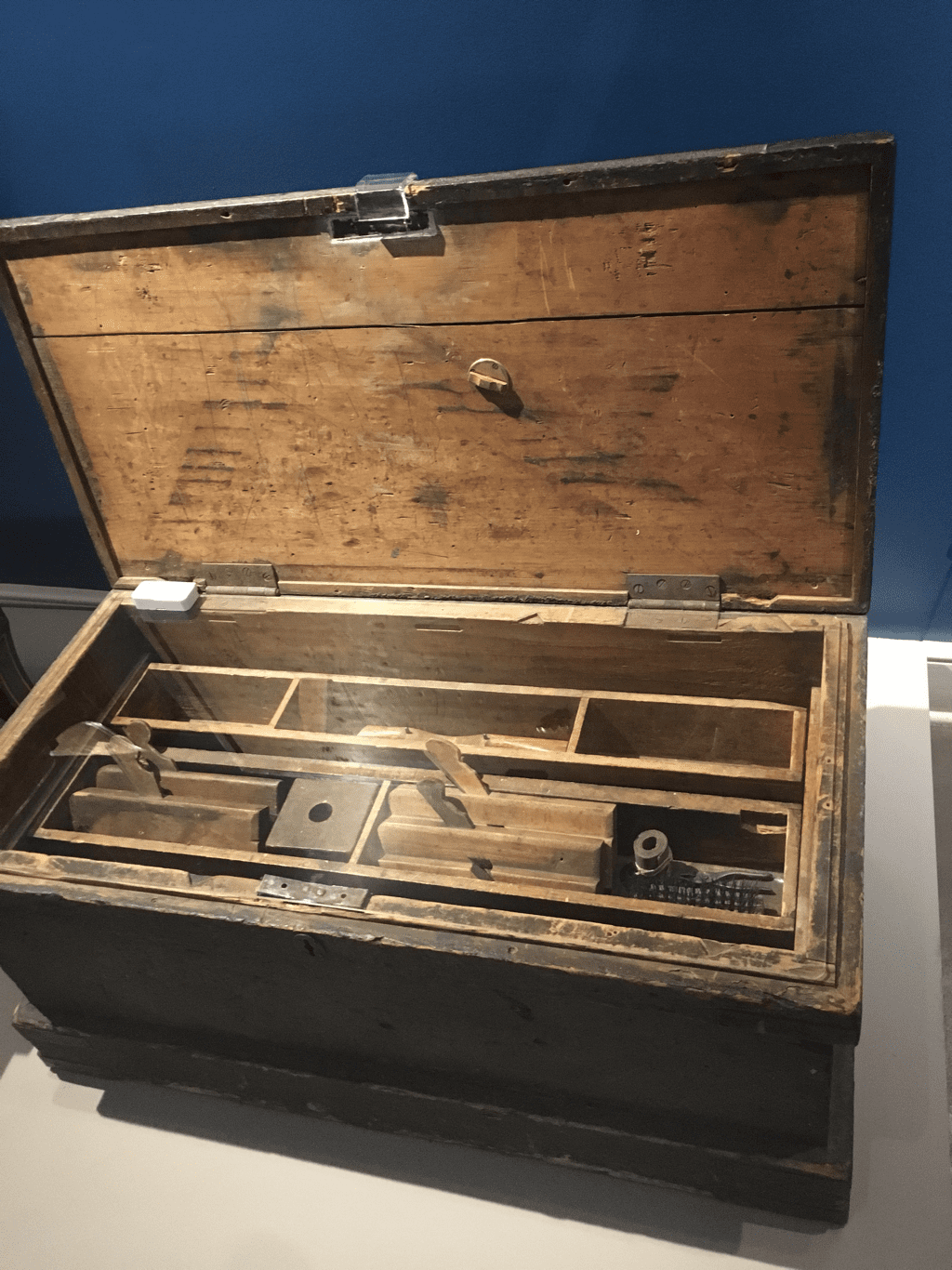One of the oldest buildings in Ottawa is located on the banks of the Rideau Canal. This historic stone structure was built in the early 19th century and is the only surviving stone building from that era that has made it into the 21st century intact. You can find more details by visiting ottawa-future.com.
Construction in the 19th Century
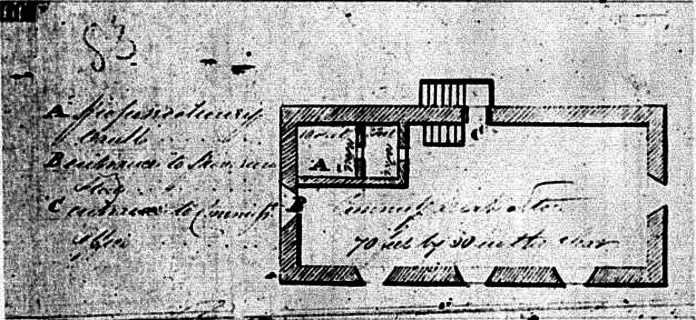
This building was constructed during the creation of the Rideau Canal under the careful supervision of the Royal Engineer, John By, in the year 1827. It is the sole surviving structure that was originally part of the Rideau Canal’s infrastructure. The excellent preservation of the building is a testament to the remarkable craftsmanship of the Scottish stonemasons who worked on it.
Initially, the building had a military purpose, housing the Commissariat. In the 21st century, the old building has been repurposed as the Bytown Museum.
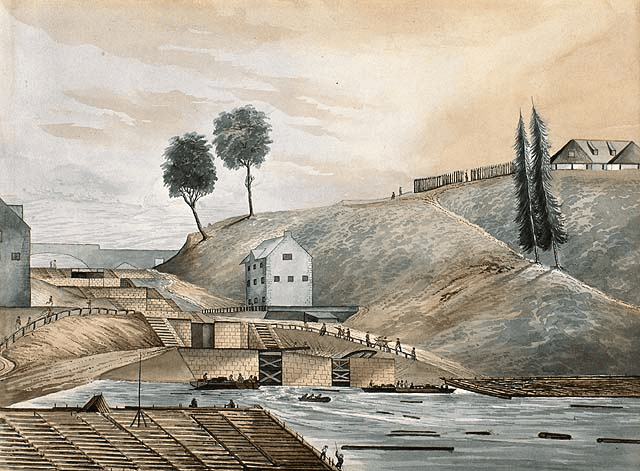
Description of a 19th-Century Building
The old Commissariat, or the Bytown Museum, as it is commonly known to modern Ottawa residents, is a large three-story building. The Commissariat is notable for its unique stone-masonry, which was quite rough in the 19th century. The structure has three bays, a gable roof, and entrance doors on all three floors—one of its defining architectural features.
The old Commissariat building is situated on the western bank of the Rideau Canal, near the Ottawa Lockstation, in the heart of Canada’s capital. In the 21st century, it remains the oldest building and the northernmost station along the Rideau Canal.
Unique Architectural Elements
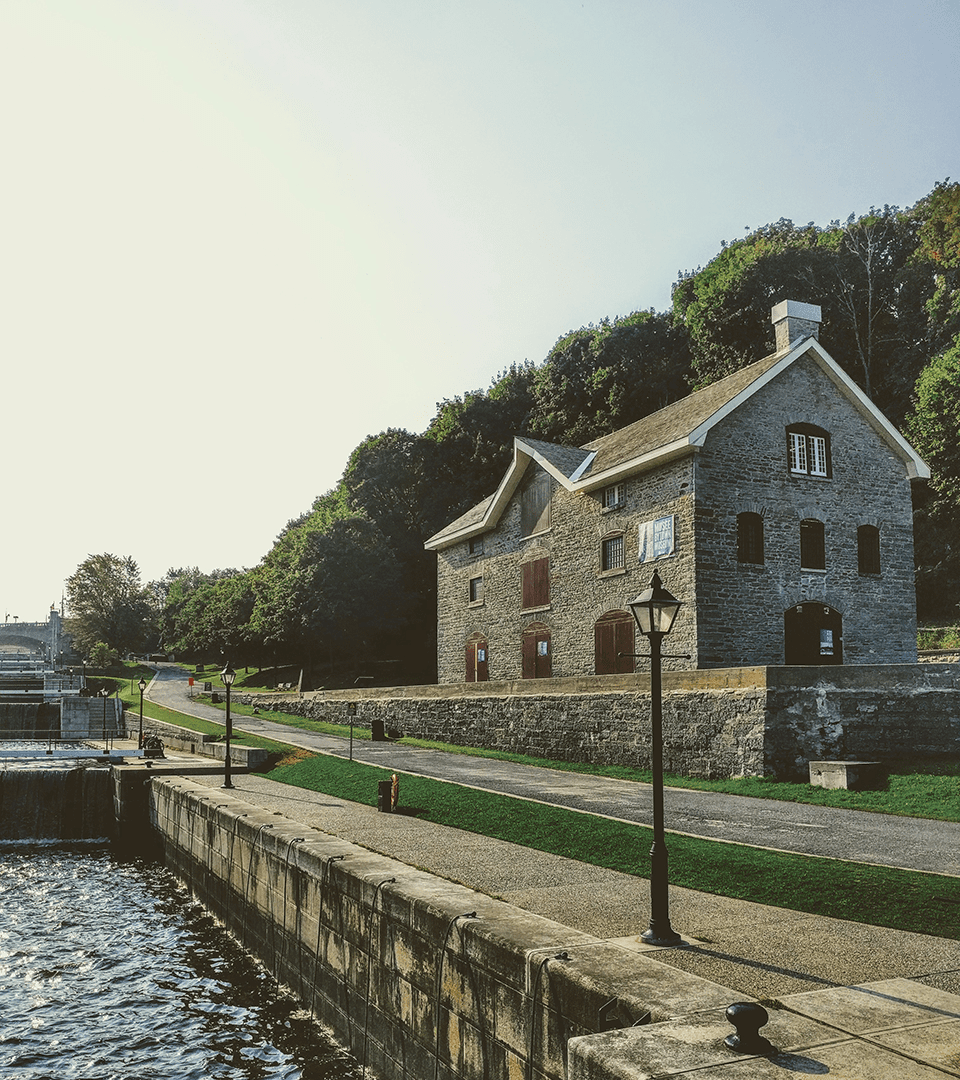
Like many of Ottawa’s other historic buildings, the old Commissariat has several unique architectural features. Despite being built in the early 19th century, it remains a functional building in the 21st century with a pleasing aesthetic design that has been well preserved. Additionally, the building’s style reflects the commercial and industrial architecture of the pre-Confederation period, with key characteristics such as:
- The large scale of the three-story structure;
- Well-balanced proportions;
- Symmetrical façades with an equal number of windows and doors;
- Reinforced stone voussoirs;
- A cross-gabled cedar shingle roof;
- Large entrance doors on each floor;
- Original antique hardware, and more.
Inside, the Commissariat’s layout has been preserved almost in its original form. The building’s spacious and functional interior was used for storage, administrative, residential, and other purposes. The different room sizes inside testify to the building’s multi-functional role.
Top-Level Construction
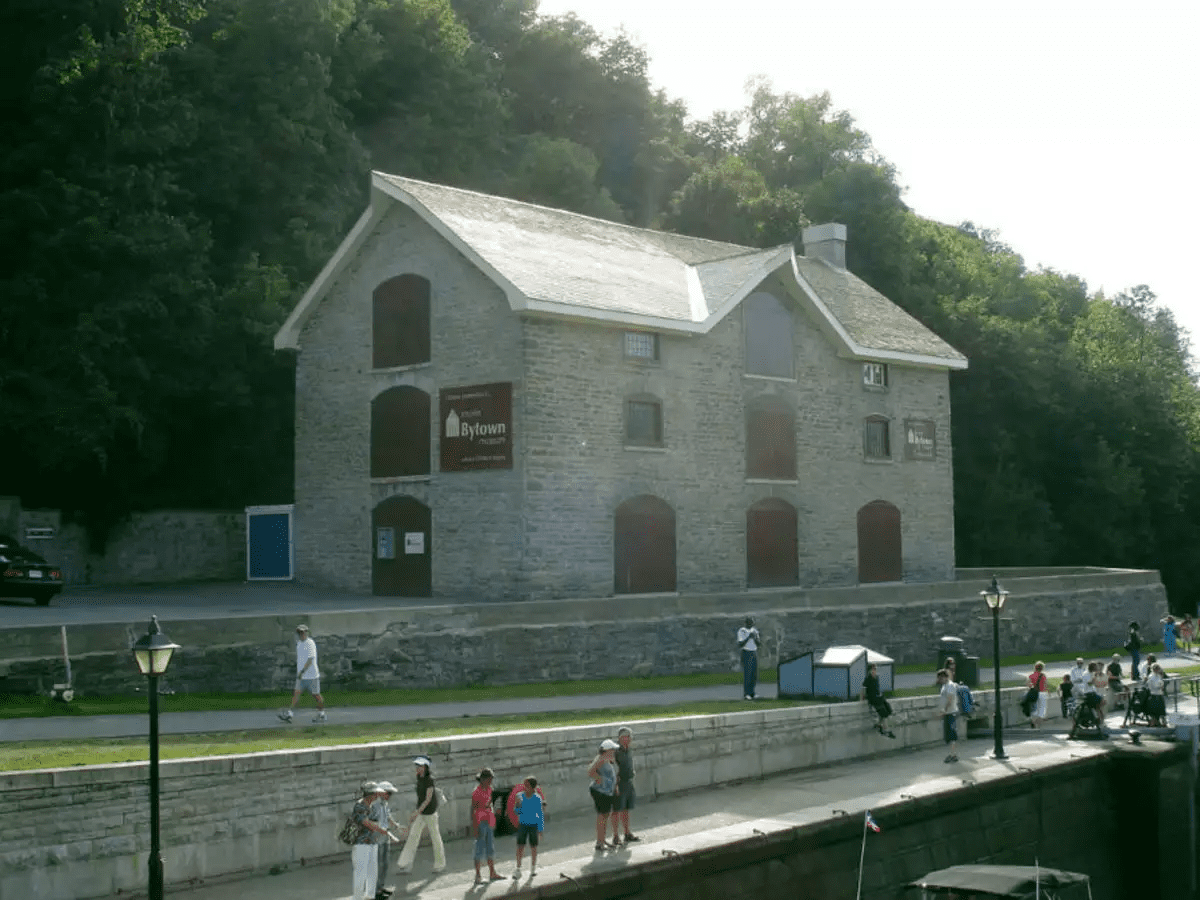
Since the construction of the Rideau Canal and its associated structures was overseen by a Royal Engineer, failure was not an option. All the construction work in the early 19th century was done with high-quality materials and excellent craftsmanship. The enduring quality of the old Commissariat’s masonry and the well-preserved condition of its interior—including original 19th-century paneling, a fireplace in the reading room on the third floor, and sturdy post-and-spindle staircases—are evidence of the outstanding skill of the builders.
Value to the People of Ottawa
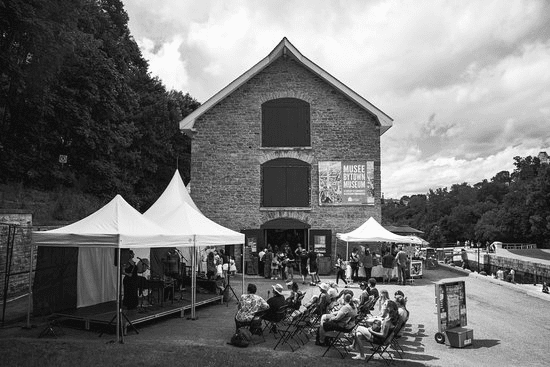
The old Commissariat building, constructed under the direction of Royal Engineer John By, is a true historical heritage site for the people of Ottawa. It was designated a UNESCO World Heritage Site in 2007 as part of the Rideau Canal. The Parks Canada organization ensures the building and its surroundings remain well-preserved, with a significant restoration undertaken in 1984 to maintain the area’s 19th-century appearance.
Today, the old Commissariat houses the Bytown Museum, making it a popular destination for tourists. The building is also of architectural value as one of the best-preserved military defense structures from the Upper and Lower Canada periods of the 1820s.
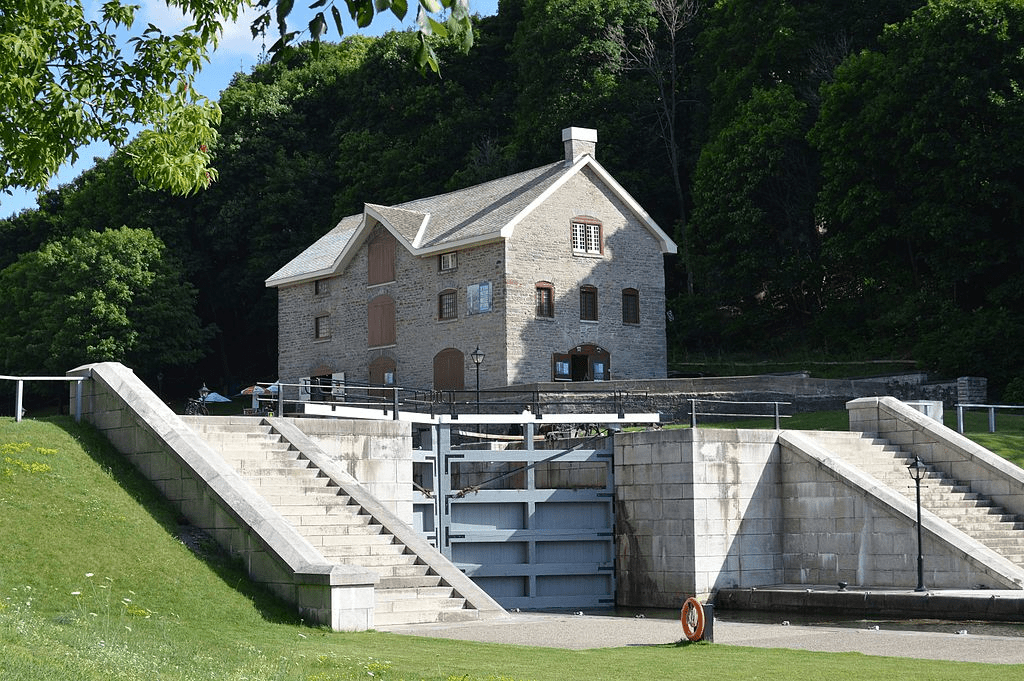
The Commissariat building’s location in downtown Ottawa, surrounded by parks and offering stunning views of the Rideau Canal, makes it a prominent landmark in Ontario. The building also holds cultural significance, as it has been featured in numerous souvenirs, paintings, and photographs. The Bytown Museum, housed inside, continues to thrive, drawing thousands of visitors each year.
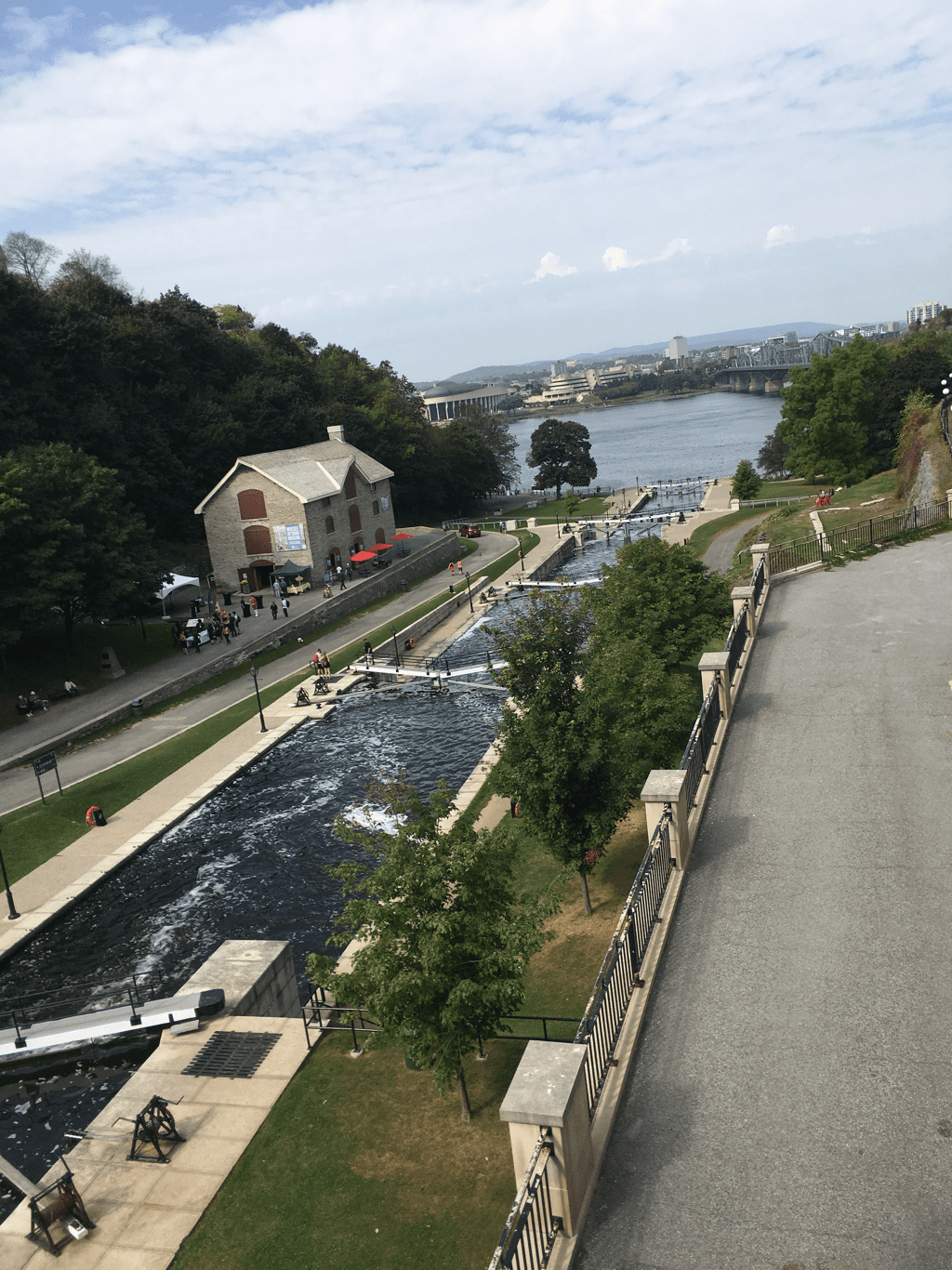
What Can Be Seen at the Bytown Museum?
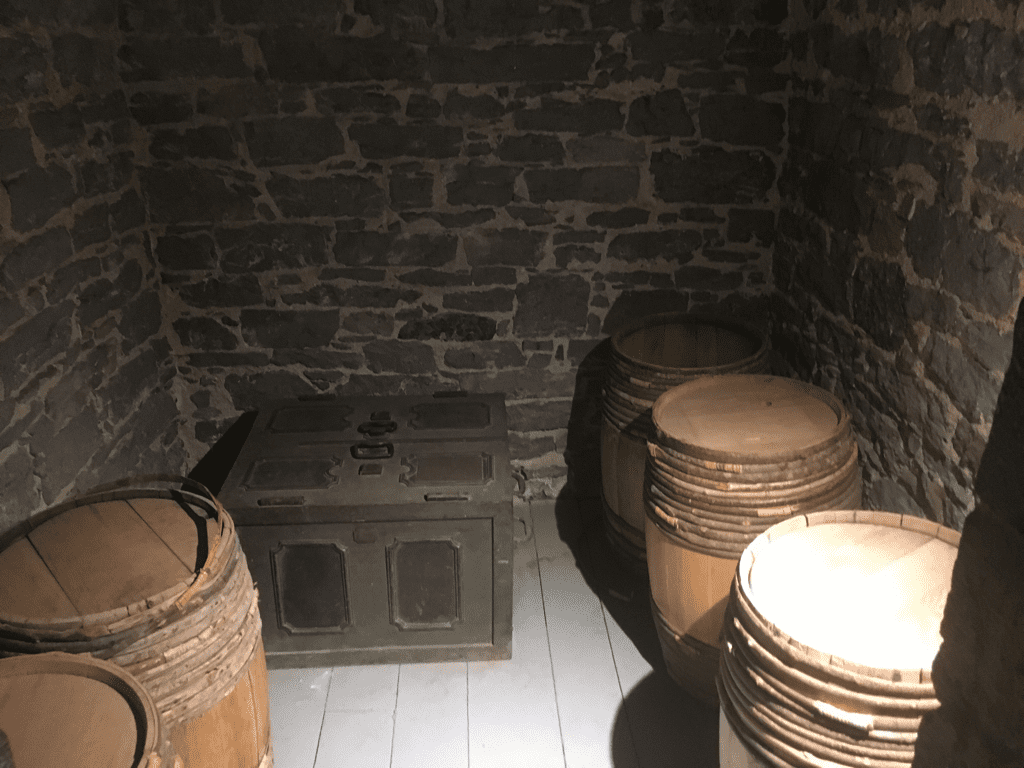
In the 21st century, the old building on the banks of the Rideau Canal hosts the Bytown Museum. It showcases various historical artifacts, allowing visitors to explore the history of Bytown—the precursor to Ottawa. The museum also provides a detailed account of the construction of the Rideau Canal.
In addition to the museum, visitors to the old Commissariat can enjoy picturesque views of the Rideau Canal and Ottawa’s “castles.” This area remains a lively spot for both tourists and residents.
